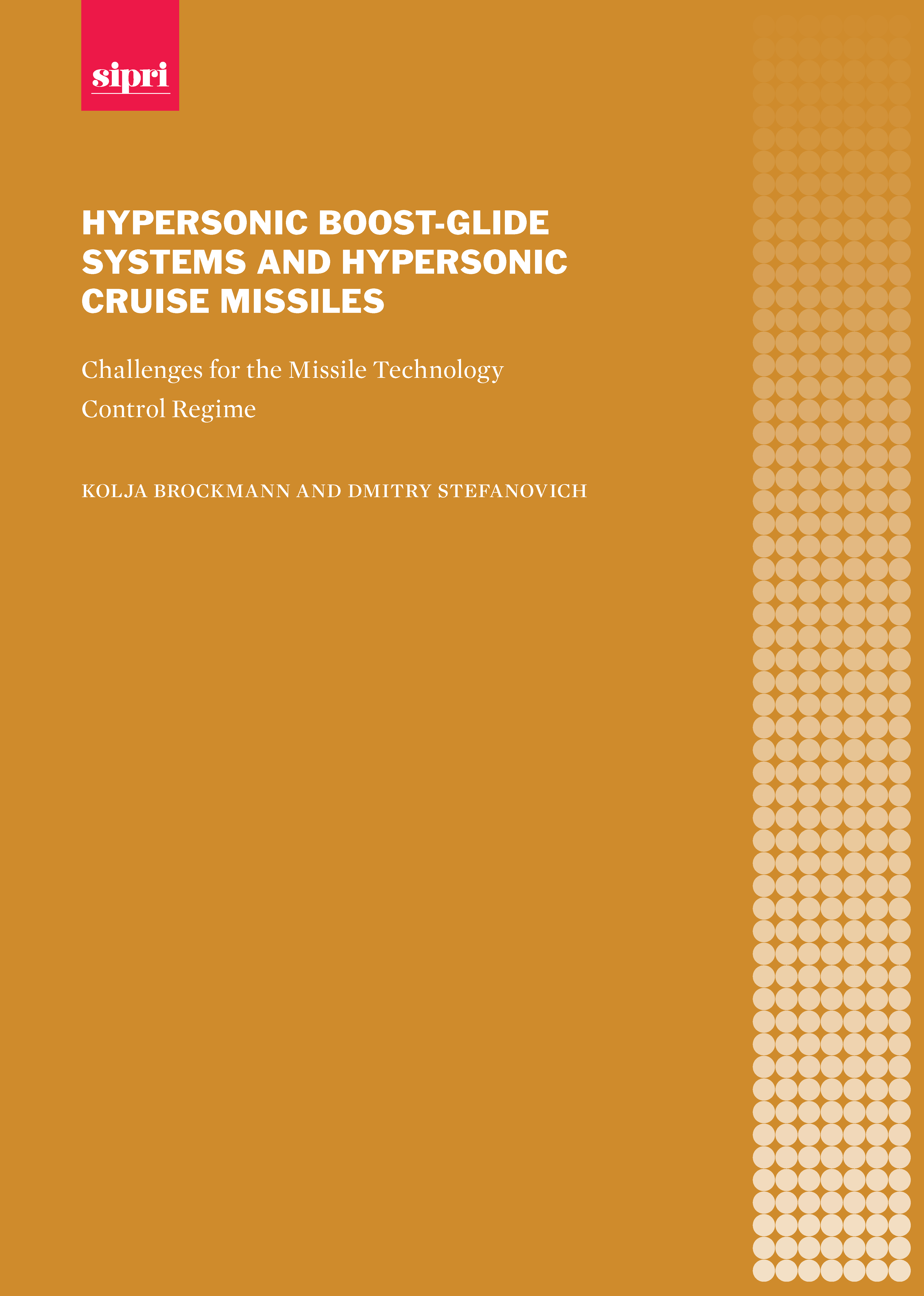Rhinocrates
ACCESS: Top Secret
- Joined
- 26 September 2006
- Messages
- 3,054
- Reaction score
- 7,789
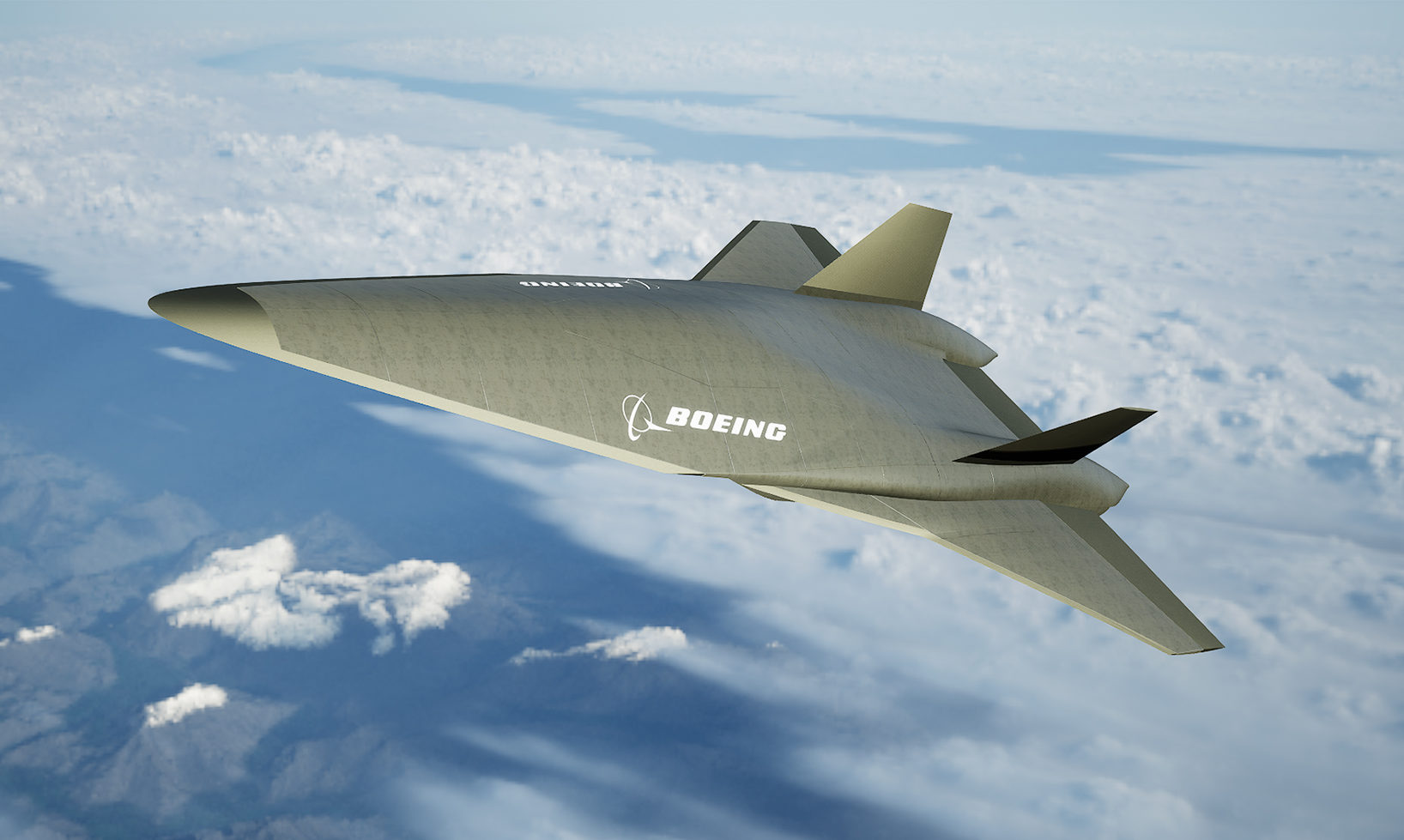
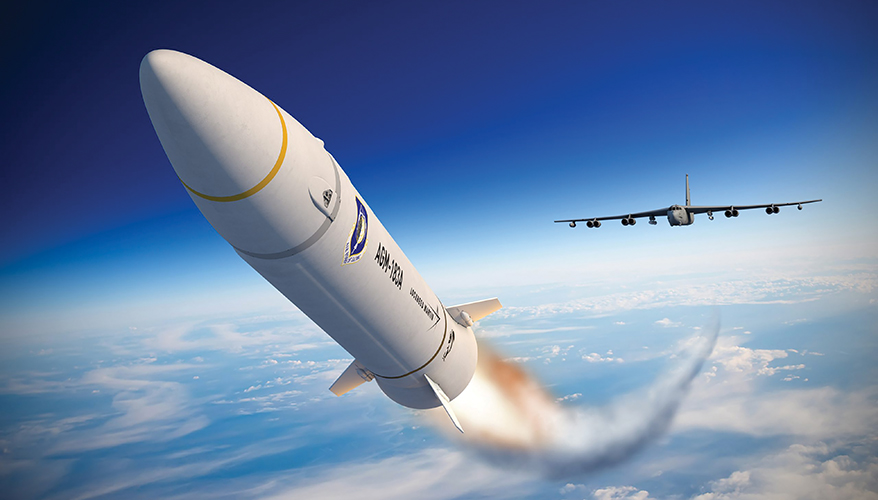
 www.sandboxx.us
www.sandboxx.us


Air Force's first hypersonic missile could still start production this year - Breaking Defense
The Air Force still doesn't know what caused a December launch of the AGM-183A Air-Launched Rapid Response Weapon to fail, but it still has time to wrap up flight tests by the end of fiscal 2022, Brig. Gen. Heath Collins said.breakingdefense.com

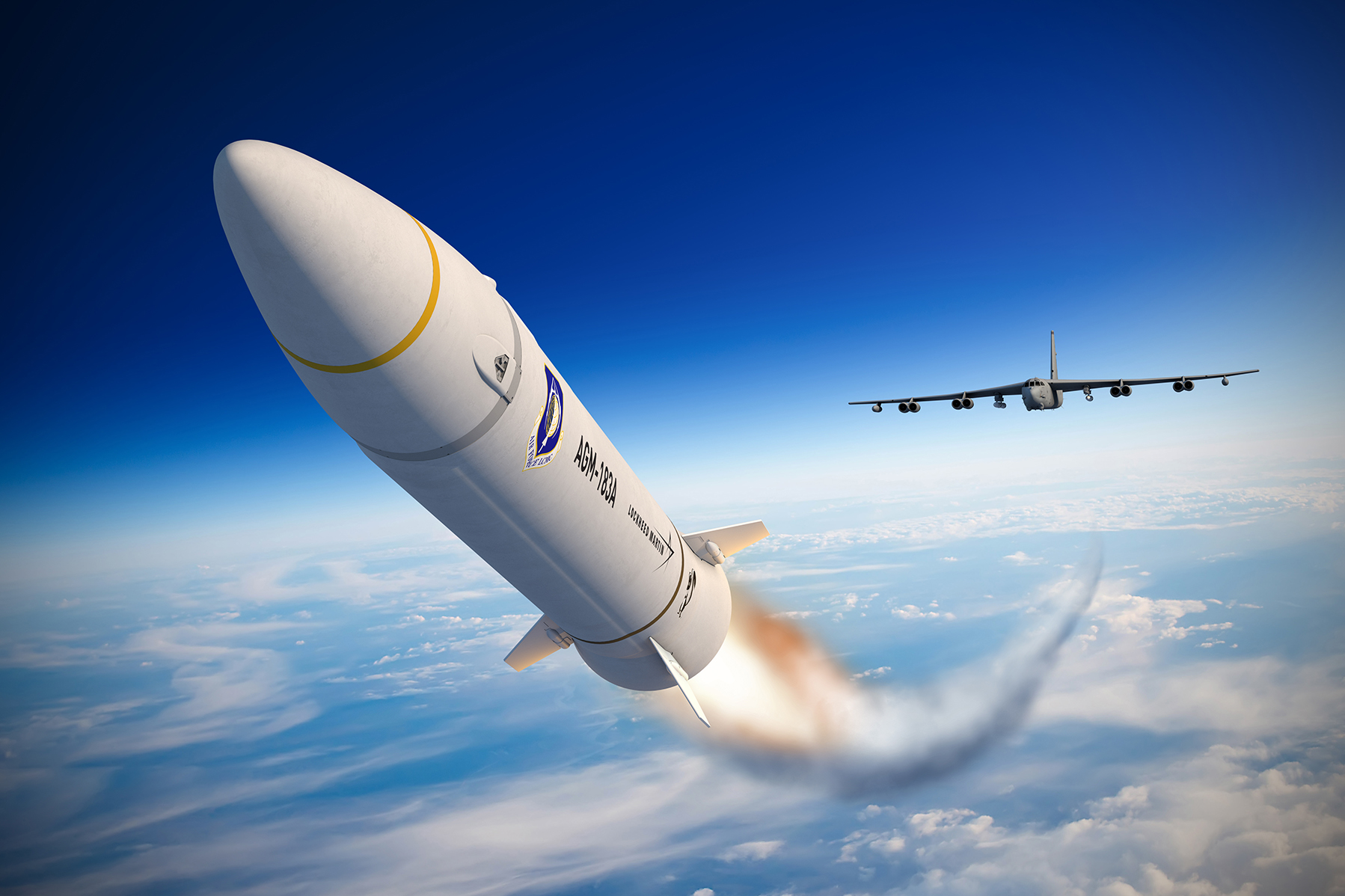
Yep.Do any one get the
"Ughh She is kinda ugly, i didn't really want to date her anyway" vibe from this?

Kendall: Don’t Mirror China on Hypersonics; No 'Big Bang' on ABMS | Air & Space Forces Magazine
Air Force Secretary Frank Kendall said the Air Force shouldn’t put undue emphasis on hypersonics just because China is advancing.www.airforcemag.com

University of Central Florida researchers are part of a new $1 million project funded by the Air Force Office of Scientific Research to better understand and predict how and why raindrops are affected when they cross a hypersonic shock wave.
Hypersonic speeds are those at Mach 5 and higher, or five times greater than the speed of sound. The U.S. is currently working on developing hypersonic systems for defense and travel.
The new project is important because colliding with something as light as a single raindrop could cause a lot of damage at hypersonic speeds. The work will inform researchers as to whether or not the raindrop maintains its single droplet form or breaks up into tens of much smaller droplets.
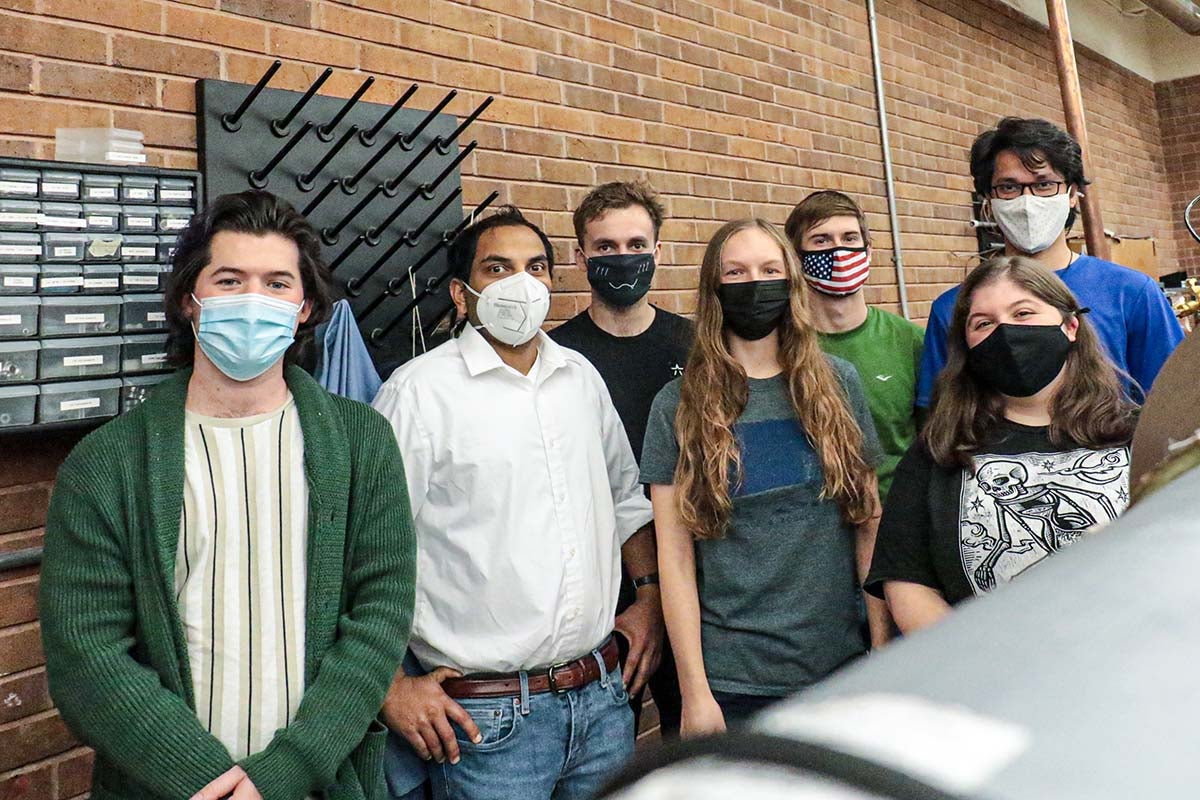
 www.ucf.edu
www.ucf.edu
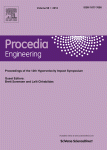

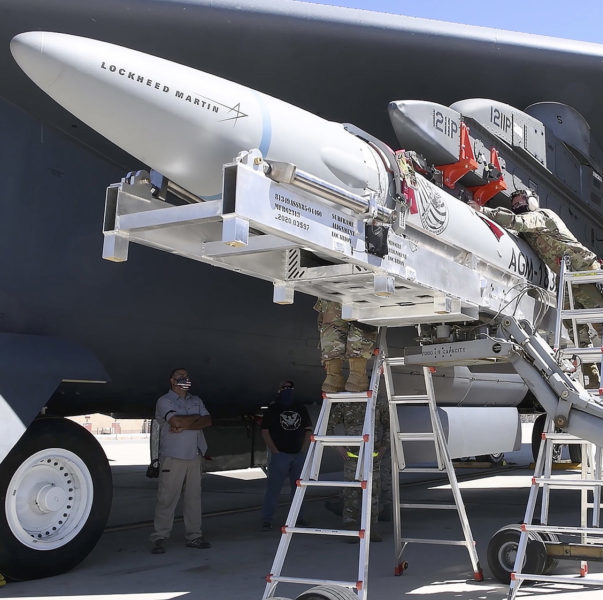
Wanted: hypersonic missile with standardized payload interface able to carry out several kinds of missions
March 3, 2022
Potential $334 million Mayhem project seeks a standardized payload interface for multi-mission payload integration within the same hypersonic system.
John Keller
WRIGHT-PATTERSON AFB, Ohio – U.S. Air Force researchers are kicking off a shadowy project to develop a large air-breathing missile able to carry out several different kinds of missions with a standardized payload interface. Officials of the U.S. Air Force Research Laboratory at Wright-Patterson Air Force Base, Ohio, issued a broad agency announcement on Monday (FA8650-17-S-2002_Call_003) for the Expendable Hypersonic Multi-Mission ISR and Strike (Mayhem) program.
It is expected that Mayhem payloads will involve delivering kinetic or explosive weapons, or intelligence and reconnaissance sensor payloads at hypersonic speeds. Hypersonic typically refers to objects traveling faster than Mach 5, or 3,836 miles per hour.
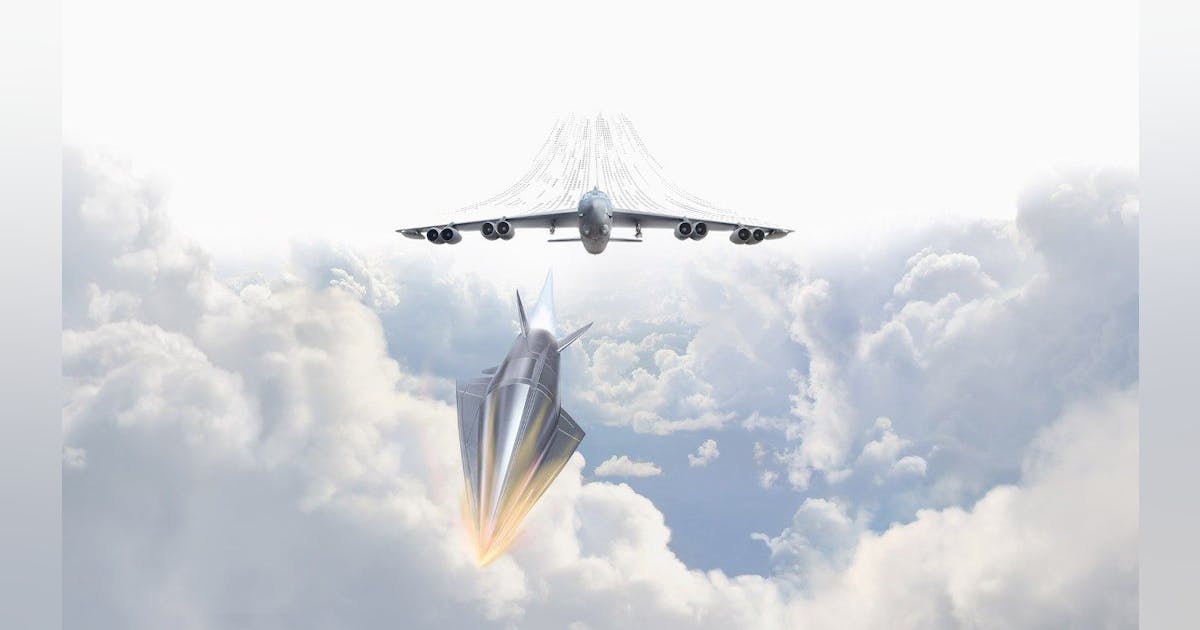
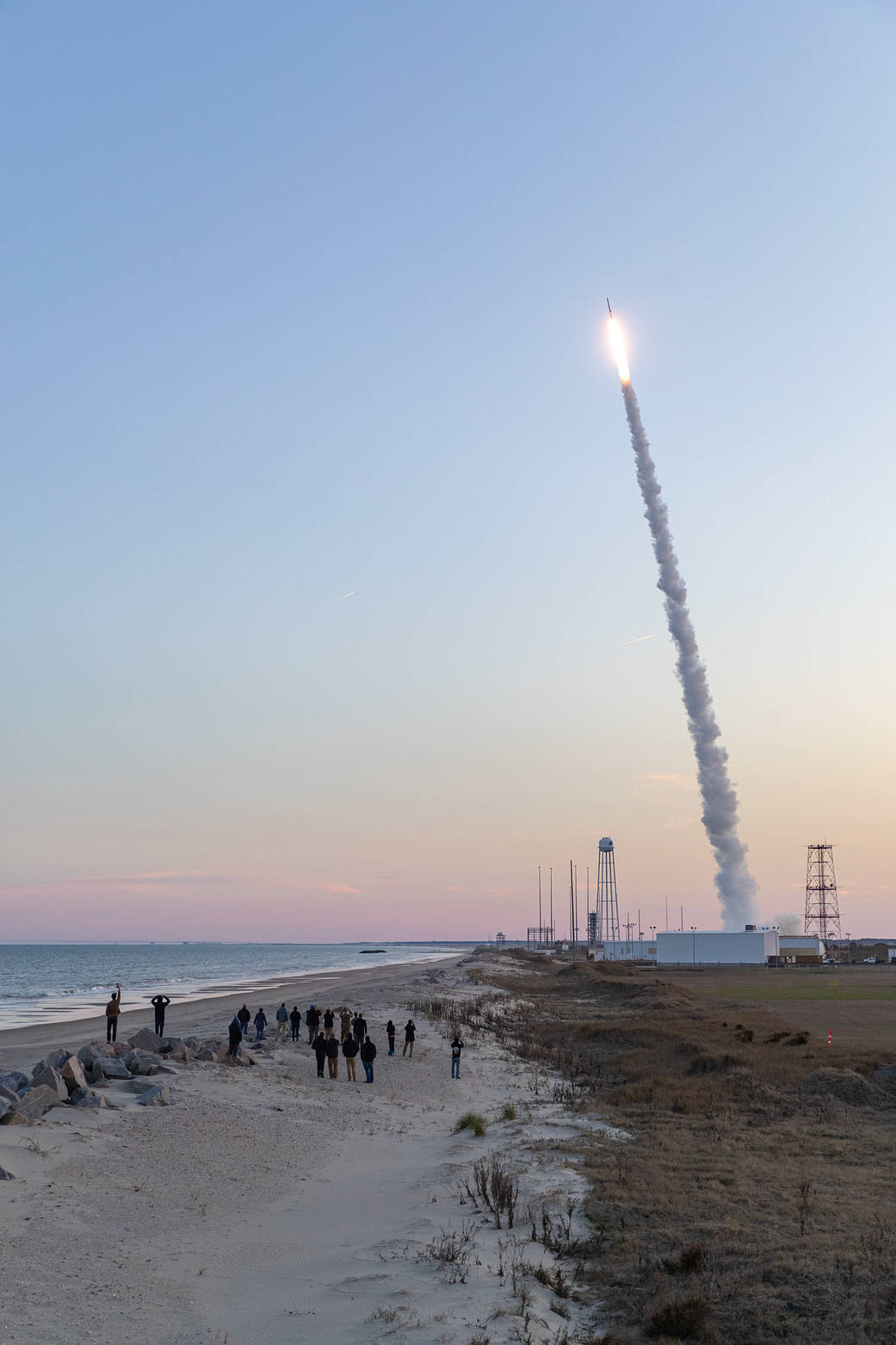

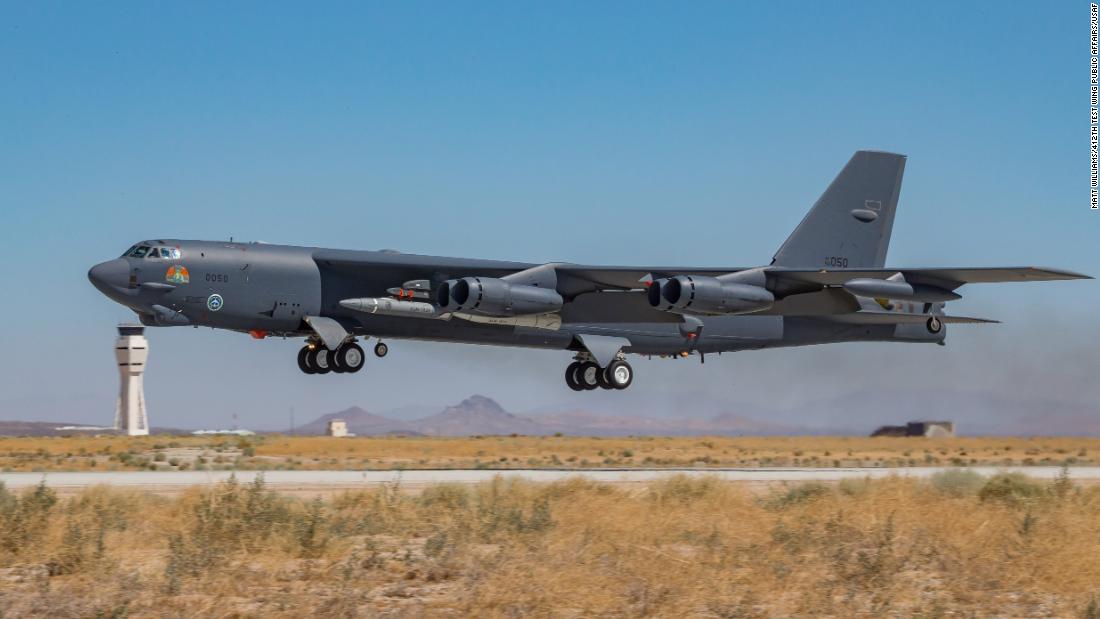
Second HAWC from Lockheed ,first from raytheonHAWC tested successfully a second times. BTW, do anyone have the list of US hypersonic test till date?
US tested hypersonic missile in mid-March but kept it quiet to avoid escalating tensions with Russia
The US successfully tested a hypersonic missile in mid-March but kept it quiet for two weeks to avoid escalating tensions with Russia as President Joe Biden was about to travel to Europe, according to a defense official familiar with the matter.edition.cnn.com
I meant something like thisSecond HAWC from Lockheed ,first from raytheonHAWC tested successfully a second times. BTW, do anyone have the list of US hypersonic test till date?
US tested hypersonic missile in mid-March but kept it quiet to avoid escalating tensions with Russia
The US successfully tested a hypersonic missile in mid-March but kept it quiet for two weeks to avoid escalating tensions with Russia as President Joe Biden was about to travel to Europe, according to a defense official familiar with the matter.edition.cnn.com
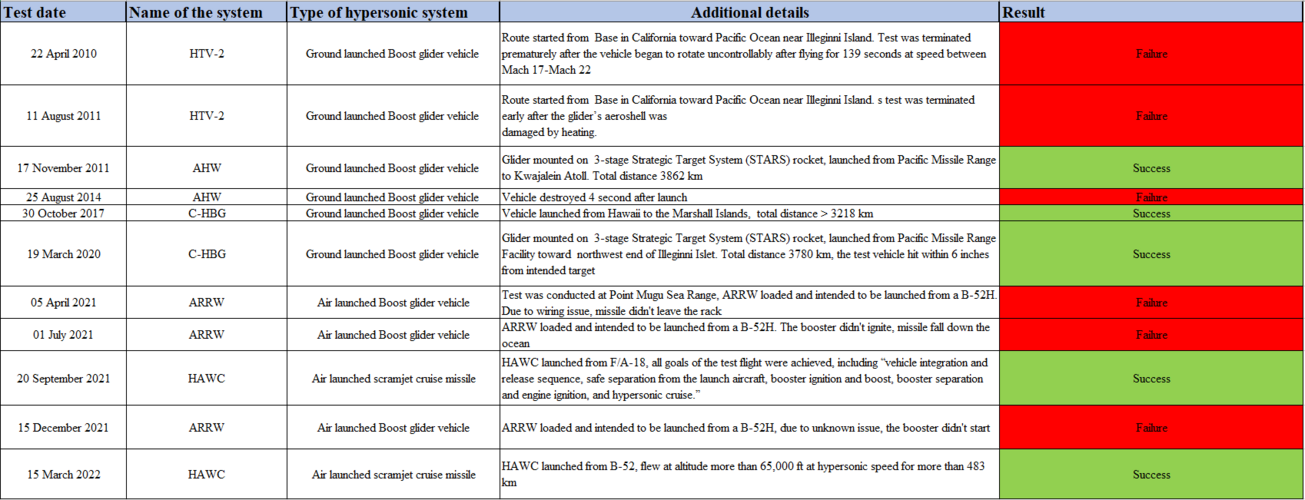
Apples and oranges. Comparison should be between operational prototyping efforts. This would be between ARRW and HACM which is the operational prototyping program leveraging HAWC and SCiFiRE work. HACM is currently in the pre CDR phase and expects to complete CDR by mid next near or about 3 years after ARRW reached the same milestone. The ARRW program is investing in a full up weapon and weapon testing (note the warhead testing a while back) while HAWC is simply de - risking a scramjet cruise missile concept and it would still need a 5 year effort to operationalize a prototype under the FY-22 HACM OTA (fielded in 2027).HAWC and ARRW seem to be night and day, success wise.
Lockheed Martin’s version of the Hypersonic Air-breathing Weapon Concept missile demonstrator set a record for hypersonic flight under scramjet power in a just-revealed March flight test, the Defense Advanced Research Projects Agency confirmed.
The flight test likely achieved about 327 seconds of hypersonic flight under scramjet power, versus 200 seconds achieved by the Boeing X-51 Waverider in 2010, based on figures provided by DARPA.
“DARPA, in partnership with the U.S. Air Force, recently completed a second successful test of a Hypersonic Air-breathing Concept, known as HAWC,” Stefanie Tompkins, head of DARPA, told the Senate Armed Services subcommittee on emerging threats and capabilities. “This test set a record for scramjet endurance, and we believe it’s an inflection point on the path to reclaiming U.S. leadership in hypersonic weapons.”
Tompkins did not provide details, but DARPA issued a release saying it had flown the Lockheed HAWC 300 miles at altitudes up to 65,000 feet. Scramjets require supersonic speeds to ignite, and are boosted to those speeds by a detachable rocket. Since hypersonic flight begins very quickly after the rocket fires, most of the 300 miles would be flown under scramjet power.
At 65,000 feet, the speed of sound is 660 mph. Hypersonic flight is considered above Mach 5, or five times the speed of sound, meaning the HAWC’s speed at that altitude would be at least 3,300 mph. At that speed, 300 miles would be covered in 1/11 of an hour, translating to a flight time of 5:45 minutes, or about 327 seconds.
“We were at hypersonic speeds for the majority of that distance, and it would be a longer flight than X-51,” a DARPA spokesman said in response to that calculation.
Tompkins’ testimony remark also suggests the duration of flight by the Lockheed HAWC bested the performance of the competing Raytheon HAWC, which made a free flight in September 2021. Few details of that test were revealed, although it was touted as a success by DARPA.
HUNTSVILLE, Ala., April 06, 2022 (GLOBE NEWSWIRE) -- An advanced Aerojet Rocketdyne scramjet engine powered the successful flight test of the Hypersonic Air-breathing Weapon Concept (HAWC), in a joint effort with the Defense Advanced Research Projects Agency (DARPA), Air Force Research Laboratory (AFRL) and Lockheed Martin.
The goal of the DARPA / Lockheed Martin HAWC program is to develop and demonstrate critical technologies to enable an effective and affordable air-launched hypersonic cruise missile system.
“Aerojet Rocketdyne is well-positioned to support our nation’s hypersonic development and production,” said Eileen P. Drake, Aerojet Rocketdyne CEO and president. “By applying decades of advanced research and development, together with engineering know-how and innovative manufacturing and materials, our products optimize performance while dramatically reducing costs and development time.”
Through the use of additive manufacturing, Aerojet Rocketdyne is using 95% fewer parts in its scramjets than it used for the history-making scramjet engine that powered the United States Air Force X-51A Waverider to sustained hypersonic speed. Aerojet Rocketdyne has continued to improve the aerothermal performance, affordability, scalability and rapid manufacturability of scramjet engines to meet emerging needs for hypersonic missile and aircraft applications.
Aerojet Rocketdyne’s Advanced Scramjet Engine Powers Successful Hypersonic Vehicle Flight | Aerojet Rocketdyne
HUNTSVILLE, Ala., April 06, 2022 (GLOBE NEWSWIRE) -- An advanced Aerojet Rocketdyne scramjet engine powered the successful flight test of the Hypersonic Air-breathing Weapon Concept (HAWC), in a joint effort with the Defense Advanced Research Projects Agency (DARPA), Air Force Research...rocket.com
